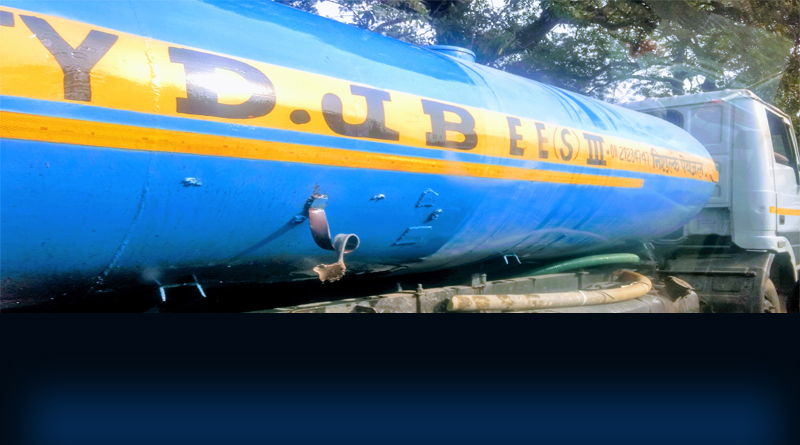As summer scorches, Delhi and the authorities play out a familiar water game

Come the onset of summer, and the country’s leading metros pause to take out some time and discuss the water ‘crisis’. Mumbai tracks its lakes and their falling water levels, as the countdown to the monsoon starts, while Delhi of course talks about falling groundwater levels. The amazing thing is that like the famed resilience of Mumbai, Delhi’s administrators and citizens also seem to be pushing their luck to breaking point , as far as the water situation goes.
Delhi is plummeting towards a major water crisis, with 90% of the city being categorised as critical and semi-critical. A report filed by the Central Ground Water Board (CGWB) at the Supreme Court last week has raised an alarm over the capital’s depleting water levels. The report highlights the over exploitation of groundwater in the South, New Delhi, Southeast, East, Shahadara and Northeast districts.
“There are only some pockets in the West & Central districts which appear to be safe as of now,” the board said in its report.
The report alarming enough as it is, is unfortunately unlikely to lead to any serious introspection or action just yet, if we go by past records. A water emergency (2013), or impending crisis (2017) have been highlighted before regularly, with seemingly no real action on the ground.
The CGWB told the Supreme Court on Tuesday that the water level is now decreasing at the rate of 2 metres per year as compared to the previous 0.5 metres per year.
The report, which is based on the compiled data from all of Delhi’s monitoring stations since the year 2000, highlights the steady decline of the city’s water level with the worst hit areas being Chhattarpur, Dwarka and the President’s Estate.
As per the report 27% of the city’s territory (1483 Km2) has seen a 11% decline in water levels since 2010 (0-5 metres, 2010 groundwater level), moreover in 2000 the ground water was available till 40metres but currently in 222 Km2 of the city the water level has plunged a further 40-80 metres.
The Supreme Court bench comprising of Justices Madan B. Lokur and Deepak Gupta have given the Union Water Resources Secretary, the Delhi Government and the Delhi Pollution Control Committee one week to come up with possible solutions to address the crisis.
The issue of depleting groundwater levels was brought to the forefront as a result of the recent sealing drives of unauthorised constructions in the city.
The court has posted a hearing for the case on the 11th of July, adding the fact that the report filed by CWGB would need to be studied closely and has termed the current state of affairs as “sad and extremely serious”. But not a crisis yet, as someone in authority will no doubt point out, when requesting for some more ‘time’.
The capital’s main water authority, the Delhi Jal Board, has a lot to answer for, thanks to its inefficient distribution and billing. However, the ruling state governments populist moves, like free distribution of water to people consuming under 20,000 litres per month has not made things any easier, in a city remarkable for its citizen’s ability to get access to any subsidy by hook or by crook. With regular complaints with its key water supplying state of Haryana, the capital urgently needs to consider drastic reforms and steps to get on a road to some level of sustainability when it comes to water. Coming soon on Iamrenew: A minimum Action Plan to get there.
![]()




